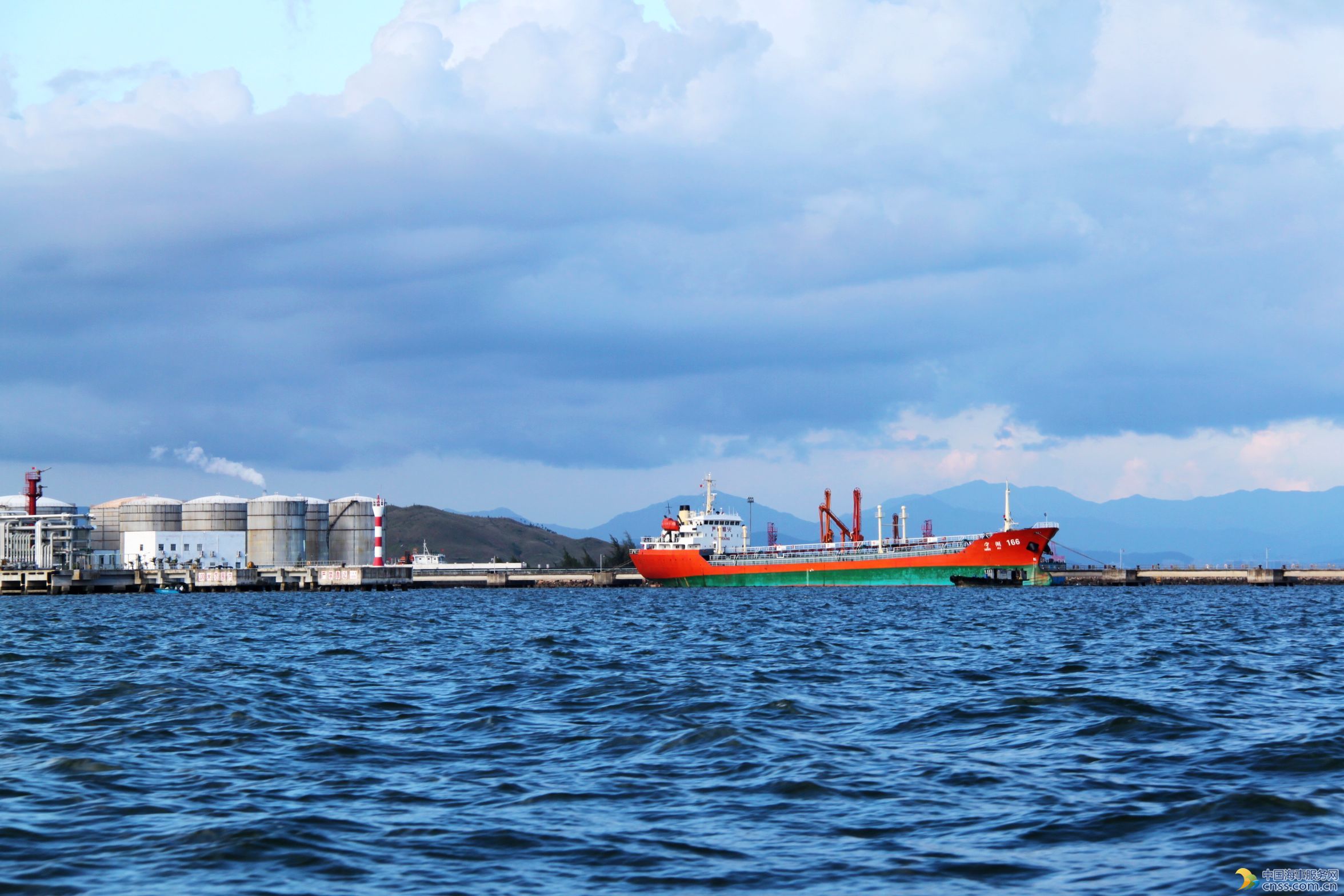Shipping heavyweights Maersk, MSC to fill Hanjin’s gaps in trans-Pacific

Global shipping heavyweights are rushing to open new lines on the trans-Pacific route, seeking to fill the gaps left by the collapse of South Korea’s Hanjin Shipping, which filed for court receivership last week.
A container ship Hanjin Montevideo leaves the Hanjin Terminal and the Port of Long Beach in California on Aug. 31 © AP
The world’s two largest shippers — Denmark-based Maersk Line and Mediterranean Shipping Company — announced earlier this week that they would each deploy six container ships from next week to meet rising demand for the route.
But analysts said this will not be enough to help exporters get their goods to retailers in the U.S. in time for the busy shopping period leading up to the Thanksgiving holidays. Some have also noted that the two European companies may take over the South Korean company’s share in the route.
Danish group Maersk, the world’s largest shipper by capacity, said it will introduce a new service between Asia and the west coast of the U.S. in response to the changing market situation on trans-Pacific trade, and to complement its existing portfolio on this route.
“We are responding to increased demand in the transpacific,” said Klaus Rud Sejling, head of Maersk’s East-West network, in a statement. “With supply chains disrupted, many customers are approaching us for transport solutions for their cargo.”
The new service will call at Shanghai and Yantian in China, at Busan in southeast South Korea, and Los Angeles, U.S. It will have six vessels with a capacity of 4,000 TEU per week deployed. TEU, or twenty foot equivalent unit, is a universal unit for standardized containers.
Switzerland-based Mediterranean Shipping Company also announced it would introduce a new service, which it is calling ‘Maple’, to ship container goods between Busan, Shanghai, Yantian and Prince Rupert in British Columbia, Canada. The service will be made up of six vessels with a capacity of 5,000 TEU.
Analysts, however, were doubtful whether they could calm exporters’ concerns, considering that Hanjin has been the main player on the route.
“Hanjin was a big shipper which carried 7% of Asia-Americas route and 9% of shipments from Busan,” said Shin Ji-yoon, an analyst at KTB Investment & Securities. “Global shippers may rush to take over the line but I’m not sure how much they could cover it.”
Ryu Dong-geun, a professor at the Korea Marine and Ocean University in Busan, said that global shippers’ new lines may help exporters temporarily, but worried that they may end up taking over the route from Korean players.
“Their ships may help troubled exporters send their goods, but it may damage the national interest in the long term as foreign shippers take over the business,” said Ryu.
Though South Korean exporters have been crying out for alternatives after Hanjin’s collapse paralyzed their shipments, the country’s chief central banker downplayed the impact that the troubled shipper would have on trade and the economy, emphasizing that the government will play a key role in resolving problems.
“I know that some exporters have difficulties after Hanjin Shipping entered court receivership,” said Bank of Korea governor Lee Ju-yeol in a press conference on Friday, after its seven-member board unanimously decided to hold the country’s key interest rate at 1.25%.
“But, I think its impacts to the macro-economy and financial markets will be limited if the government’s measures are implemented effectively.”
However, the government seems so far to have taken no measures other than pressuring Hanjin’s major shareholders to take responsibility for the company and its debts, even after it has been put under control of the court.
During a hearing at South Korea’s parliament, the National Assembly, on Thursday, Financial Services Commission Chairman Lim Jong-yong criticized Hanjin for not cooperating with the agency to prevent market chaos before filing for court receivership.
Source: Nikkei
HEADLINES
- Do shipping markets want Biden or Trump for the win?
- All 18 crew safe after fire on Japanese-owned tanker off Singapore
- Singapore launching $44m co-investment initiative for maritime tech start-ups
- Cosco debuts Global Shipping Industry Chain Cooperation Initiative
- US warns of more shipping sanctions
- China continues seaport consolidation as Dalian offer goes unconditional